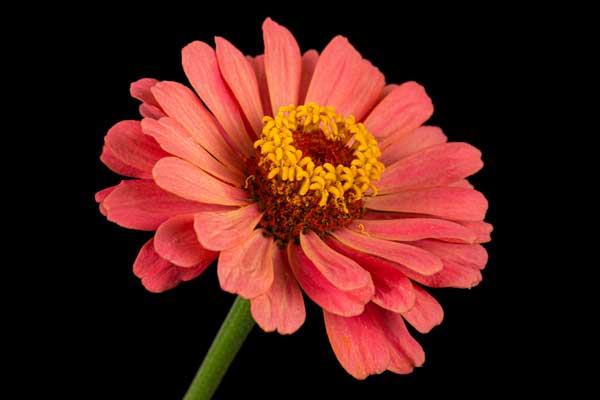Zinnias! Those radiant blooms are an essential addition to any garden. But here’s a secret to unlock their true potential: Zinnia Companion Plants. This ingenious method is poised to revolutionize your garden, turning it into a flourishing ecosystem.
Beyond mere aesthetics, companion planting is a strategic interplay among plants. By meticulously selecting companions for your zinnias, you can craft a sanctuary that beckons beneficial insects, repels troublesome ones, and enriches the soil. It’s a triple-action solution for cultivating a garden that’s not just healthier but also happier! Welcome to the world of Zinnia Companion Plants.
Understanding the Concept of Zinnia Companion Plants
Let’s explore the wonderful world of companion planting with Zinnias, where garden enchantment meets practicality! Zinnias, beloved by gardeners for their vibrant colors and ease of cultivation, play a vital role in attracting pollinators and enhancing garden beauty.
As annual flowers, Zinnias thrive in full sun and well-drained soil, making them ideal for both beginner and seasoned gardeners alike. Whether sowing zinnia seeds directly into the garden or transplanting seedlings, these resilient plants offer a burst of color and vitality to any landscape.
However, the true magic lies in companion planting with Zinnias. By strategically pairing them with plants like marigolds, gardeners not only deter pests but also create a symphony of color and fragrance throughout the growing season. Zinnias, with their diverse flower shapes and green foliage, complement a wide range of annual flowers, enriching the visual appeal of any garden bed or cut flower arrangement.
Consider planting zinnias alongside other sun-loving companions to maximize their beauty and functionality. With their ability to attract pollinators like butterflies and hummingbirds, Zinnias bring life and vibrancy to the garden ecosystem.
The Best Zinnias Companion Plants
In the world of gardening, selecting the right companions for your Zinnias can enhance both the beauty and health of your garden. This section explores what to plant with zinnias.
The Best Zinnia Companion Flowers
Companion flowers to plant with zinnias brings its own unique charm and benefits to the garden bed alongside Zinnias. From fragrant ground covers to heat-loving bloomers, these flowers enhance the beauty, functionality, and biodiversity of the garden while attracting pollinators and delighting gardeners with their vibrant colors and textures. Together, they create a harmonious and inviting garden space where Zinnias and their companions thrive in synergy.
Marigolds: Enhancing Pest Control and Bloom Beauty
Marigolds, with their cheerful golden blooms and easy-to-grow nature, are renowned for their ability to repel pests while adding a pop of color to the garden. These vibrant companions not only complement Zinnias aesthetically but also serve as excellent partners in warding off unwanted insects. Marigolds germinate quickly and thrive in various growing conditions, making them an ideal choice for gardeners seeking low-maintenance blooms. Alongside Zinnias, marigolds create a harmonious balance, enhancing the overall beauty and functionality of the garden bed. With their companion-flavoring abilities and knack for repelling pests, marigolds are a must-have addition for any thriving garden.

Cosmos: Complementary Blooms for Zinnias
Cosmos, with their delicate, daisy-like flowers and graceful stems, make delightful companions for Zinnias in any garden setting. These versatile flowers are not only easy to grow but also attract pollinators like bees and butterflies, enriching the biodiversity of the garden. Cosmos and Zinnias share similar growing requirements, thriving in full sun and well-drained soil. Together, they create a stunning visual display, with their complementary colors and textures enhancing the overall beauty of the garden bed. With their ability to germinate quickly and bloom profusely throughout the growing season, cosmos are an excellent choice for gardeners seeking vibrant and long-lasting blooms alongside their beloved Zinnias.

Nasturtiums: Adding Vibrancy and Attracting Beneficial Insects
Nasturtiums, with their vibrant flowers and peppery foliage, bring a unique flair to any garden bed alongside Zinnias. These easy-to-grow companions not only add splashes of color but also serve as excellent edible blooms, adding flavor and visual interest to salads and other dishes. Nasturtiums prefer slightly acidic soil and thrive in full sun, making them perfect partners for Zinnias in the garden. With their ability to attract pollinators and repel pests like aphids, nasturtiums offer both aesthetic and practical benefits to gardeners. Whether cascading from hanging baskets or spilling over garden borders, nasturtiums make a charming addition to any garden bed, especially when paired with Zinnias.
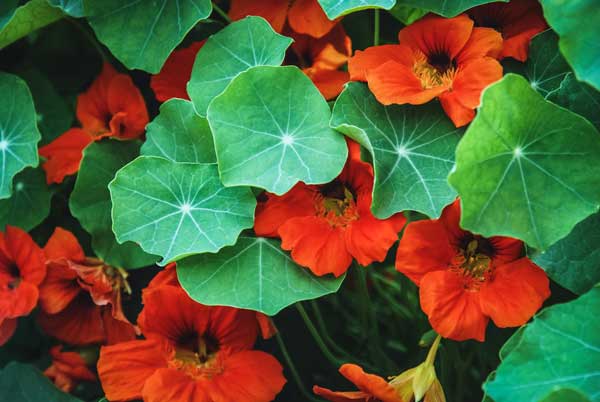
Salvia: Offering Colorful Companionship to Zinnias
Salvia, with its striking spikes of flowers and aromatic foliage, is a welcome addition to any garden bed alongside Zinnias. This drought-tolerant perennial not only adds visual interest but also attracts pollinators like hummingbirds and butterflies. Salvia’s preference for full sun and well-drained soil aligns perfectly with Zinnias, creating an ideal growing environment for both plants. Whether planted in mass plantings or mixed borders, Salvia adds height and texture to the garden, complementing the vibrant blooms of Zinnias with its own unique beauty.
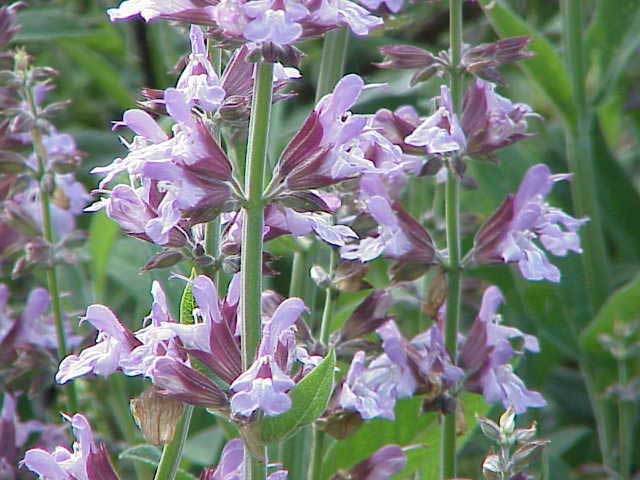
Sunflowers: Providing Height and Structure in the Zinnia Garden
Sunflowers, with their towering stems and sunny blooms, make striking companions for Zinnias in any garden landscape. These majestic flowers not only provide height and structure but also attract beneficial pollinators like bees and butterflies. Sunflowers are easy to grow from seed, germinating quickly and thriving in full sun and well-drained soil. When planted alongside Zinnias, they create a dynamic focal point, adding visual interest and drama to the garden bed. With their ability to grow in all USDA zones and make excellent cut flowers, sunflowers are a favorite choice for gardeners seeking to elevate their Zinnia companionship to new heights.

Sweet Alyssum: Enhancing Fragrance and Soil Health
Sweet Alyssum, with its delicate clusters of tiny flowers and sweet fragrance, is a charming addition to any garden bed alongside Zinnias. This low-growing annual is easy to cultivate and serves as an excellent ground cover, creating a carpet of blooms that complements the taller stature of Zinnias. With its preference for full sun and well-drained soil, Sweet Alyssum thrives alongside Zinnias, enhancing the overall beauty and fragrance of the garden bed. Whether planted along garden borders or spilling over containers, Sweet Alyssum adds a touch of whimsy and elegance to any landscape.
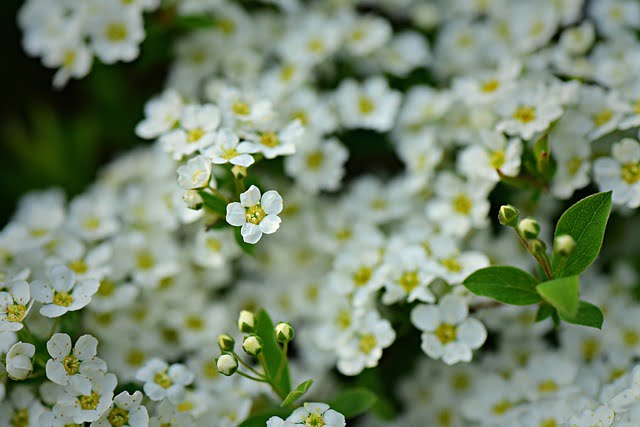
Verbena: Attracting Butterflies and Pollinators to Zinnia Blooms
Verbena, with its vibrant blooms and long-lasting flowers, is a perfect companion for Zinnias in the garden. This versatile perennial attracts pollinators like bees and butterflies, enhancing the biodiversity of the garden ecosystem. Verbena’s tolerance for heat and drought makes it an ideal partner for Zinnias, thriving in the same growing conditions of full sun and well-drained soil. Whether planted in flower beds or containers, Verbena adds a burst of color and vitality alongside Zinnias, creating a dynamic and inviting garden space.

Petunias: Accentuating Zinnia Gardens with Colorful Blooms
Petunias, with their cascading habit and abundant blooms, are classic companions for Zinnias in any garden setting. These annual flowers come in a variety of colors and patterns, adding visual interest and versatility to the garden bed. Petunias are easy to grow from seed or transplant, germinating quickly and thriving in full sun and well-drained soil. Whether planted in hanging baskets, containers, or flower beds, Petunias create a stunning visual display alongside Zinnias, enriching the garden with their vibrant colors and trailing foliage.
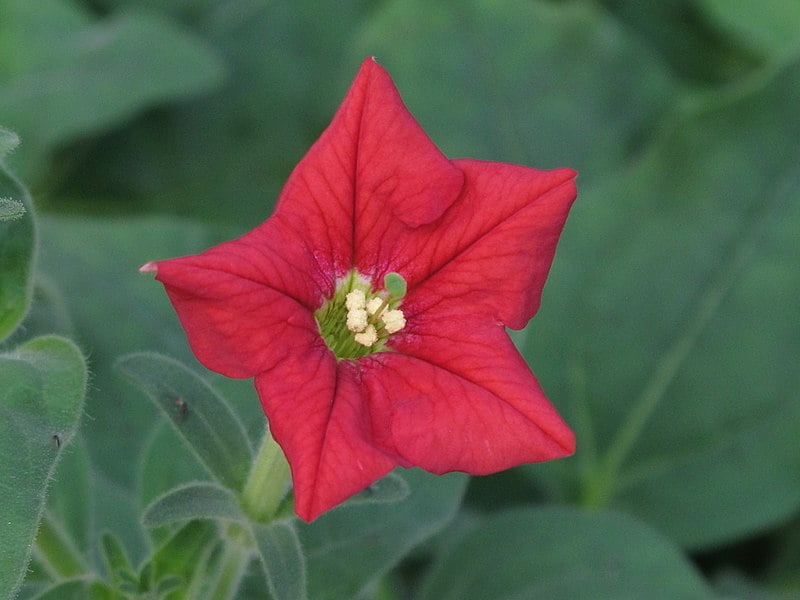
Lantanas: Adding Diversity and Attracting Bees to Zinnia Gardens
Lantanas, with their clusters of colorful flowers and tolerance for heat and drought, are ideal companions for Zinnias in sunny garden beds. These perennials attract pollinators like butterflies and bees, enhancing the biodiversity of the garden. Lantanas thrive in full sun and well-drained soil, making them perfect partners for Zinnias with similar growing requirements. Whether planted as border plants or in mixed containers, Lantanas add a pop of color and texture alongside Zinnias, creating a vibrant and inviting garden space.
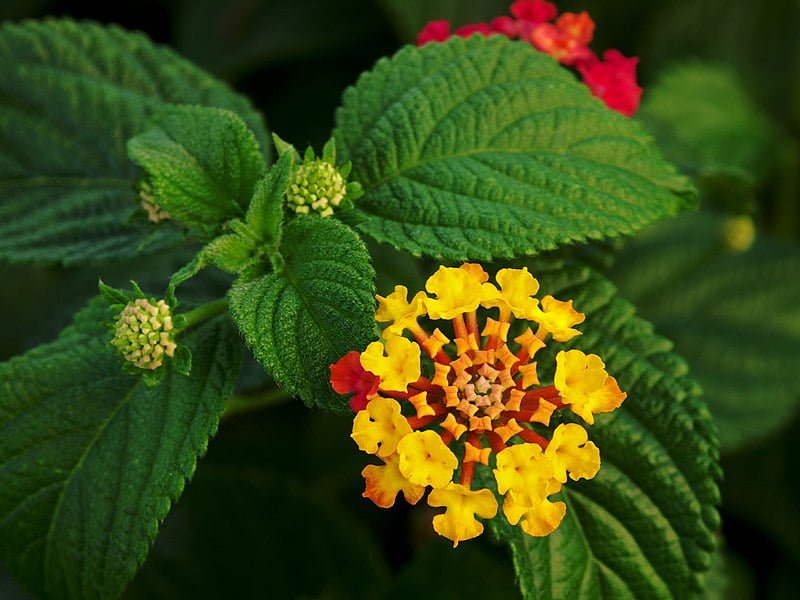
Bee Balm: Inviting Beneficial Insects and Adding Flair to Zinnia Plantings
Bee Balm, with its showy clusters of tubular flowers and aromatic foliage, is a magnet for pollinators in any garden bed alongside Zinnias. This perennial herb attracts bees, butterflies, and hummingbirds, contributing to the overall health and biodiversity of the garden ecosystem. Bee Balm thrives in full sun to partial shade and well-drained soil, making it a versatile companion for Zinnias in various garden settings. Whether planted in herb gardens, perennial borders, or mixed containers, Bee Balm adds a burst of color and fragrance alongside Zinnias, creating a haven for pollinators and delighting gardeners with its beauty.
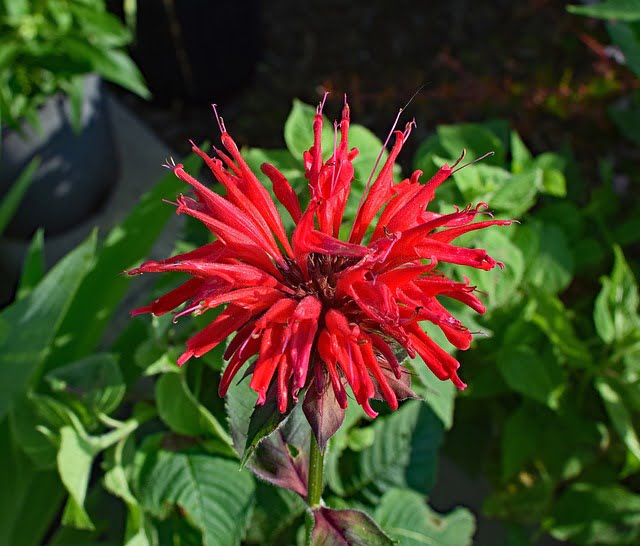
Basil
Basil emits a strong aroma that can help deter pests like aphids and mosquitoes, which can potentially harm zinnias. Additionally, both basil and zinnias prefer similar growing conditions, such as full sun and well-drained soil. Planting basil near zinnias can also attract pollinators like bees and butterflies, enhancing the overall health and productivity of the garden.

Melons
Melons and zinnias have complementary functions in the garden; while zinnias attract pollinators like bees and butterflies, melons benefit from increased pollination, leading to better fruit development. Additionally, zinnias can help enhance the aesthetic appeal of the garden while supporting pollinator attraction, ultimately contributing to a thriving and fruitful garden ecosystem.
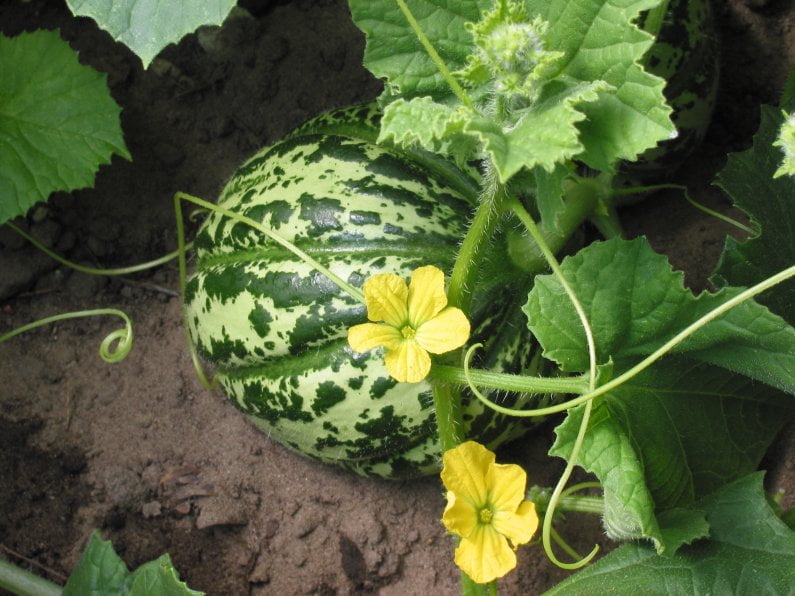
Zinnia Companion Plants Vegetables
In this section, we delve into the delightful array of zinnia companion vegetables, each bringing its own unique flavor, color, and vitality to the garden bed. From juicy tomatoes to spicy peppers and crisp cucumbers, these vegetables not only make excellent culinary companions but also create a visually stunning landscape when paired with Zinnias.
Tomatoes : Flavorful Garden Companions
Tomatoes, renowned for their juicy fruits and vibrant colors, are perfect companions for Zinnias in the garden. These easy-to-grow vegetables thrive in full sun and well-drained soil, just like their Zinnia counterparts. With their preference for warm temperatures and ample sunlight, tomatoes and Zinnias create a harmonious partnership in any garden bed. Whether grown in raised beds or traditional plots, tomatoes and Zinnias offer a bountiful harvest and beautiful blooms for gardeners to enjoy.
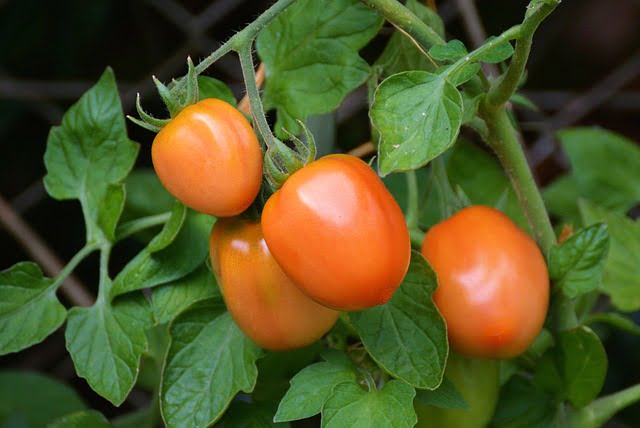
Peppers (Capsicum spp.): Companion Planting Zinnias
Peppers, known for their vibrant hues and spicy flavors, make ideal companions for Zinnias in the garden. These heat-loving vegetables thrive in full sun and well-drained soil, thriving alongside Zinnias with similar growing conditions. Whether grown in containers or garden beds, peppers and Zinnias create a dynamic and colorful landscape for gardeners to savor. With their culinary versatility and eye-catching appeal, peppers and Zinnias make a delightful addition to any garden space.
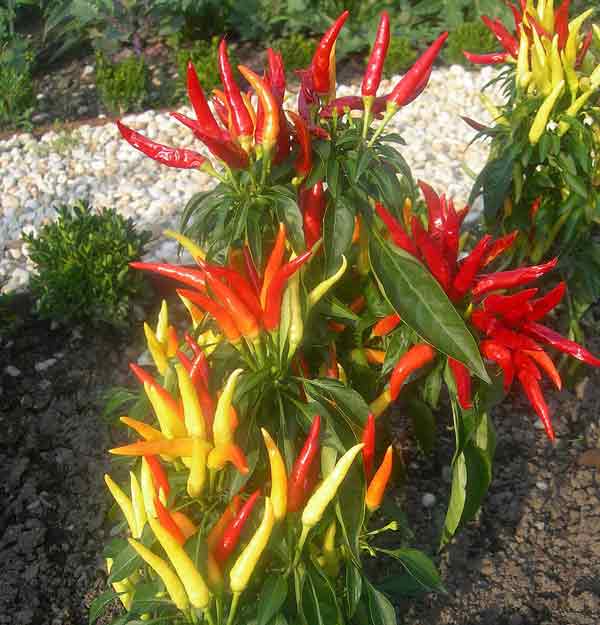
Cucumbers (Cucumis sativus): Crisp and Refreshing Additions
Cucumbers, prized for their crisp texture and refreshing taste, are refreshing companions for Zinnias in the garden. These vining vegetables thrive in warm weather and require ample sunlight, making them compatible partners for Zinnias. Whether grown on trellises or sprawling in garden rows, cucumbers and Zinnias create a lush and inviting garden space for gardeners to enjoy. With their abundant yields and vibrant blooms, cucumbers and Zinnias offer a feast for the senses in any garden setting.

Beans (Phaseolus vulgaris): Nutritious and Productive Partners
Beans, with their nutritious pods and prolific yields, are valuable companions for Zinnias in the garden. These legumes thrive in full sun and well-drained soil, enriching the garden bed and promoting healthy growth for Zinnias. Whether grown on arbors or interplanted with Zinnias in garden rows, beans and Zinnias create a harmonious and productive garden ecosystem. With their abundant harvests and beautiful blooms, beans and Zinnias offer a bounty of benefits for gardeners to enjoy.
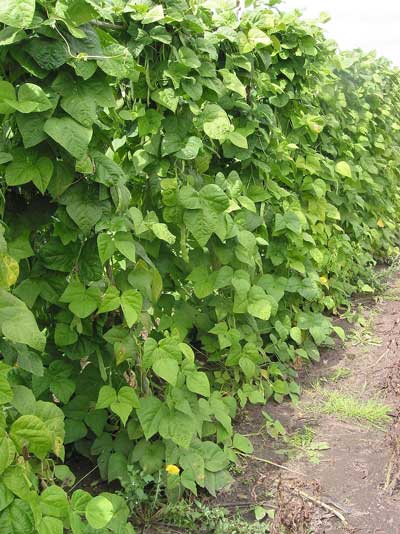
Squash and Zucchini (Cucurbita spp.): Abundant Harvests and Beautiful Blooms
Squash and zucchini, known for their abundant fruits and striking blooms, are perfect companions for Zinnias in the garden. These vining vegetables thrive in warm weather and require ample sunlight, making them ideal partners for Zinnias. Whether grown on trellises or sprawling in garden rows, squash and zucchini and Zinnias create a lush and inviting garden space for gardeners to enjoy. With their abundant harvests and vibrant blooms, squash and zucchini offer a feast for the senses alongside Zinnias.

Borage and Dill
Borage and dill are renowned for their ability to attract pollinators such as bees, butterflies, and hoverflies. By planting these beneficial herbs alongside your Zinnias, you establish welcoming havens for these vital insects, ensuring optimal pollination for your plants and abundant blooms throughout the season.

Nurturing Local Wildlife with Native Plants
Native plants are essential for attracting and nurturing local wildlife, contributing to the overall biodiversity of your garden. These plants have evolved alongside native insects, birds, and other wildlife, providing crucial food and habitat resources. Incorporating native plants alongside your Zinnias not only supports local wildlife but also creates a resilient and sustainable garden ecosystem.
Zinnia Companion Plants: A Recipe for Garden Success
Companion planting is akin to a carefully crafted recipe for garden success, utilizing the symbiotic relationships between different plants to maximize health and productivity. Let’s explore the key ingredients of this gardening strategy:
Pest Management:
Companion planting offers natural pest management solutions by pairing plants that repel or deter harmful pests. For instance, planting aromatic herbs like yarrow and lavender alongside Zinnias can provide shelter for beneficial insects, such as ladybugs and lacewings, which prey on garden pests like aphids and caterpillars.
Pollination:
Effective pollination is essential for the production of fruits and seeds in many garden plants, including Zinnias. By interplanting Zinnias with pollinator-friendly flowers like marigolds and cosmos, gardeners can attract bees, butterflies, and other pollinators, ensuring robust pollination and abundant blooms.
Nutrient Uptake:
Companion plants can also enhance nutrient uptake in the soil, benefiting neighboring plants like Zinnias. Certain plants, such as legumes like beans and peas, have the ability to fix nitrogen from the air into the soil, enriching it with essential nutrients that support healthy growth and blooming.
Weed Suppression:
Companion planting can help suppress weeds by utilizing plants with dense foliage or vigorous growth habits to outcompete undesirable weeds. For instance, planting ground cover plants like sweet alyssum alongside Zinnias can create a living mulch that shades the soil, preventing weed growth and conserving moisture.
By embracing companion planting techniques and carefully selecting plant combinations, gardeners can create thriving and resilient garden spaces where Zinnias and their companions flourish together, making the most of available resources and promoting overall garden health and vitality.
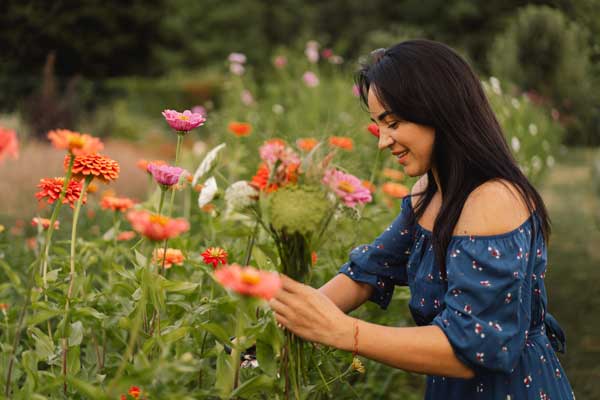
Bonus Blooms: Seasonal Secrets for Zinnia Companion Plants
Now that you’re a companion planting pro, here are some tips to keep your zinnia bed blooming all season long:
- Seasonal Swaps: Keep things interesting! Rotate your companion plants throughout the year to take advantage of different blooming times. In spring, pair zinnias with pansies or tulips for an early burst of color. As summer heats up, swap in cosmos or salvia to extend the floral fanfare. Come fall, ornamental grasses or mums can add a touch of autumn flair.
- Succession Sowing: Don’t let the blooms stop! Practice succession planting. As zinnias and companions fade, sow new seeds or transplant seedlings to fill the gaps. This ensures a continuous display of color from spring to fall. Staggered plantings mean fresh blooms all season long – a gardener’s dream!
- Diversity is Key: The more, the merrier! Experiment with a diverse range of companions – annuals, perennials, herbs, even vegetables. This creates a dynamic plant community where everyone thrives. Mix flower shapes, sizes, and colors to add visual interest and attract a wider range of pollinators.
- Thinking Vertically: Short on space? Explore vertical gardening! Train vining companions like morning glories or clematis up trellises or arbors. This adds vertical interest, maximizes space, and creates a lush backdrop for your zinnias to steal the show.
- Seasonal TLC: A little care goes a long way. Regularly deadhead spent flowers, remove faded foliage, and add mulch to retain moisture and suppress weeds. Keep an eye out for pests and diseases, and address them promptly to prevent problems from spreading. Seasonal maintenance ensures a healthy, vibrant garden that brings you joy throughout the year.
By following these bonus tips, you’ll not only create a stunning zinnia display but also a thriving ecosystem that nourishes your soul and inspires your spirit. So get planting, and watch your garden transform into a seasonal paradise bursting with color, fragrance, and life! Happy gardening!
Zinnia Companion Plants FAQs: Your Questions Answered!
1.Can you plant zinnias and marigolds together?
Yes, you can plant zinnias and marigolds together. They have similar needs and look nice together. They can also attract beneficial insects like bees and praying mantises, which can help the garden.
2. How much direct sunlight do Zinnias need per day?
Zinnias prefer at least 6 to 8 hours of direct sunlight per day for optimal growth and flowering.
3. Are Zinnias and Marigolds both annual plants?
Yes, both Zinnias and Marigolds are annual plants, meaning they complete their life cycle in one growing season.
4. How do I water Zinnias and their companion plants?
Water Zinnias and their companion plants regularly, ensuring the soil remains evenly moist but not waterlogged.
5. Can Zinnias grow well in soil with a pH level outside the neutral range?
Zinnias can tolerate a slightly acidic to neutral pH soil, but they thrive best in well-drained soil with a pH around 6.0 to 7.0.
6. Which companion plants are known for repelling powdery mildew, a common issue in Zinnias?
Plants like Marigolds and Lavender are known for their aromatic properties that may help repel powdery mildew from Zinnias and other plants.
7. Do Zinnias attract pollinators into the garden?
Yes, Zinnias are a favorite among pollinators like bees and butterflies, making them an excellent choice for attracting beneficial insects to the garden.
8. What are some suitable companion plants for Zinnias in a cut flower garden?
Zinnias make great companions for flowers like Cosmos and Sweet Alyssum, creating beautiful bouquets with contrasting textures and colors.
9. How deep should I plant Zinnia seedlings?
Plant Zinnia seedlings at a depth of about 6 inches in well-drained soil to ensure proper root development and stability.
10. Can I use compost or organic matter as mulch around Zinnias and their companion plants?
Mulching with organic materials like compost or shredded leaves is beneficial for Zinnias and their companion plants. It aids in moisture retention, weed suppression, and soil enrichment, making it an ideal practice for gardening.
11. Can zinnias and sunflowers grow together?
Yes, zinnias and sunflowers can grow well together in a garden. They both need sunlight and good soil. Their colors and heights can make the garden look beautiful. They can also attract helpful insects like bees and butterflies.
12. What to plant with zinnias in containers?
If you’re planting zinnias in pots, you can add plants like basil, which can help keep pests away. You can also add plants like petunias or marigolds for more color. These plants have similar needs and can make a nice arrangement.
13. What are good companion plants for zinnias in vegetable gardens?
Zinnias are great companions for vegetables like tomatoes, peppers, and cucumbers. They attract bees and butterflies, which can help pollinate the vegetables. Basil is another good companion; it can keep away pests like aphids.
14. Are zinnias good companion plants?
Yes, zinnias are good companions in the garden. They attract pollinators like bees and butterflies, which is good for other plants. They can also keep away pests and make the garden look pretty.
15. What grows well with zinnias in gardens?
Plants like cosmos, nasturtiums, and marigolds grow well with zinnias. They have similar needs and bloom at the same time, making the garden look vibrant. They can also attract bees and butterflies.
16. What pairs well with zinnias in flower arrangements?
Zinnias pair well with flowers like dahlias, asters, and salvias in arrangements. They have different colors and shapes, making the arrangement look interesting. They can also attract pollinators.
17. What vegetables to plant with zinnias?
You can plant vegetables like tomatoes, peppers, and radishes alongside zinnias in your garden. These plants share similar needs and have the added benefit of attracting pollinators such as bees and butterflies. Incorporating basil with zinnias further enhances pollinator attraction while also serving to deter pests, fostering a more vibrant and balanced garden environment.
Conclusion Zinnia Companion Plants
In conclusion, Zinnias are known for their vibrant and diverse flowers, making them a delightful addition to any garden landscape. Let’s take a look at some key points we’ve covered about zinnia companion plants:
Since Zinnias are annual plants, they offer gardeners the opportunity to enjoy their beautiful blooms year after year. Zinnias also come in a variety of species, each offering unique colors, shapes, and sizes, enhancing the visual appeal of any garden setting.
Zinnias are not only aesthetically pleasing but also serve as excellent companions for a wide range of plants. Their vibrant blooms attract pollinators into your garden, promoting biodiversity and supporting overall garden health. Additionally, Zinnias can also be used as companion flavoring plants, enhancing the fragrance and flavor of nearby herbs and vegetables.
To ensure the optimal growth of Zinnias and their companion plants, it’s essential to provide good drainage and water the plants regularly. Incorporating a layer of organic mulch around Zinnias can help retain moisture, suppress weeds, and enrich the soil, creating an ideal environment for their growth.
Useful Links
Zinnia Click Here
For further exploration of gardening articles, kindly visit our webpage: Home Garden

